Dubai-based art collector and Iranian-born entrepreneur Ramin Salsali is a well-travelled man. His previous line of work in a petrochemical consulting company allowed him to travel to various cities across the world thus bringing him into contact with a huge variety of artists. Today, the cosmopolitan art collector has amassed art worldwide, forging and maintaining connections with artists and dealers, leading him to become one of the most influential figures in the Middle Eastern art world today and a chief player in the collecting art scene. Ramin Salsali founded Salsali Private Museum (SPM) in 2011 with the ambition to encourage and to contribute to the educational process of potential art collectors in the region in order to revitalise the tradition of patronage. The museum has now become the go-to address for art collectors investigating the Middle Eastern art scene.
Discover Ramin Salsali’s thoughts on the current state of Middle-Eastern’s art scene as well as the importance of art collecting patronage in United Arab Emirates (UAE).
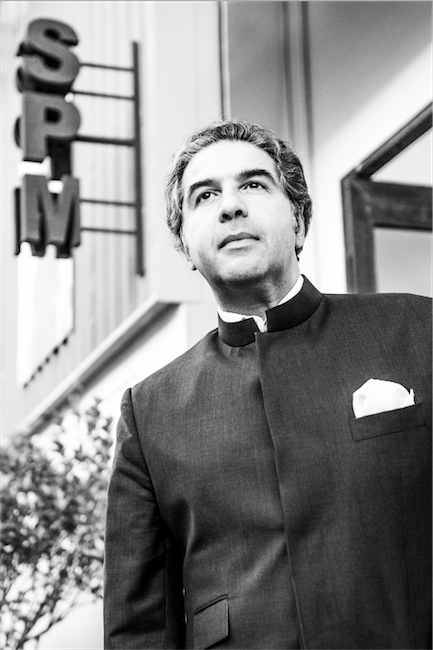
The Collection
You used to work in a Petrochemical consulting company. What made you want to start collecting or enter the realm of the art market?
I started to collect art when I was a student and before I started my Consulting service company. I always enjoyed collecting and it goes back to my childhood. My first collections were matchbox toy cars, followed by a stamp collection and now art!
What is the main motivation behind your collecting?
I believe that every person has a certain interest to collect objects in their DNA.
I remember how my mother used to take my brothers and I to visit museums, in particular the Tehran Museum of Contemporary Art. These visits had a significant impact on me. From a very young age, I learnt to appreciate art and culture, and beauty in my surrounding.
What is the concept or theme of your collection?
To be honest, there is no concept as such! I collect what I like. I never collected based on a certain pattern. It is obvious that my collection does reflect my evolvement in the last years. In recent years, I concentrated on contemporary art from the Middle East.
What is your focus regarding the artists in your collection?
I personally know many of the artists in my collection and their work continues to inspire me. I believe by having a personal relationship and friendship with the artist, the art works will gain another dimension in the life of a collector.
I strongly recommend building a relationship and friendship with the artists. It is essential to evolve together.
What was the first and recent artwork you purchased?
I started collecting art when I was 21. The first paintings I acquired were by Kiddy Citny, an artist and musician. He is known for painting parts of the Berlin Wall before its fall in 1989. There were four pieces: one is in my office in the Museum, two are in my Berlin residence and one is in Hamburg.
The last work I acquired is from Hazem Harb, the Palestinian artist based in Rome and Dubai.
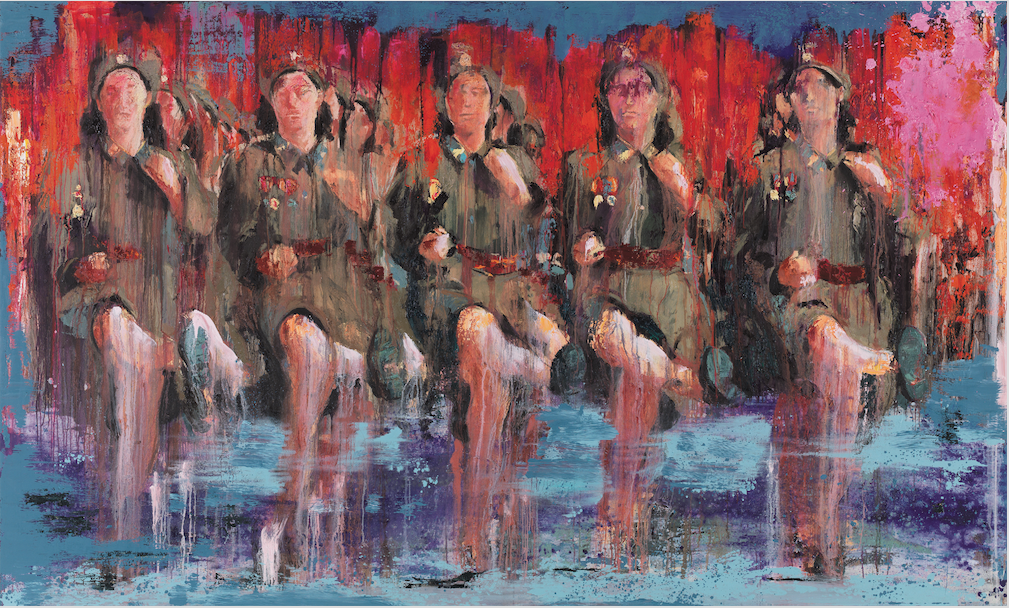
Who are the predominant artists in your collection?
Well every artist and artwork is important to me.
Reza Derakshani, Sara Rahbar, Amirhossein Zanjani, Ramtin Zad, Pantea Rahmani, Kiddy Citny and Hazem Harb may be the right answers to this question.
How often do you buy art?
In the past, at least up to 25 pieces per year. For the last 2 to 3 years I decreased the path of acquiring art works and buy in a very selective manner, trying to enjoy what I have acquired in the last years.
Do you buy art at galleries, art fairs, biennales…?
I always encourage to purchase art from galleries. Galleries -if they are good- are the essential part of the chain of a collection. A professional gallery will act as an advisor and contribute to the development of a collector and evolvement of a collection.
I also sometimes acquire from auctions, art fairs, and in some cases I commission art works from the artists.
What is your collecting philosophy or motto?
Collect whatever you like and love. Refrain from the so-called engineered collection and collectors. Deepen your knowledge and evolve.
What is your most treasured artwork?
I don’t have a particular favourite as such. Could one choose their favourite child?
Which artists have you acquired early and have now increased in price and in reputation?
Most of them have had a great artistic career, but since I do not sell I do not follow their commercial standing.
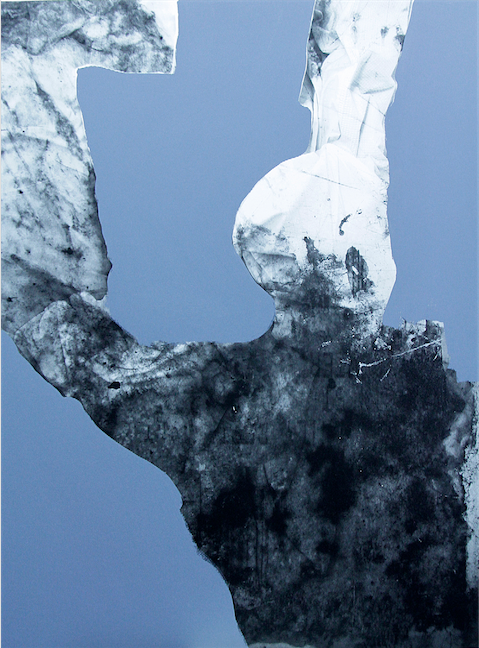
Thoughts On the Art World
What are the main themes we can find in UAE contemporary art today?
It is better to look at it within the context of the Middle East, since UAE is a very young country (almost 50 years old).
It is obvious that an artist depicts the topics that have influenced his life in his art works. Social, Political Culture and Religion conflicts, as well as the occupation of Palestine play a major role in the art works of Middle Eastern artists.
How have prices developed for Middle Eastern or UAE contemporary art?
In the last 7 years, the average price has increased by at least 60%.
Middle Eastern art has seen a surge of global attention and has generated a strong base of international of investors and collectors, especially in 2014. Why do you think it is becoming so popular?
It is a fresh perspective on known and new topics, specifically related to this region. In addition, Dubai (considered the hub for tourism) was vital in the introduction of art to international tourists.
Some say a bubble may be forming due to the over-commercialisation of Middle Eastern art. Do you agree?
I totally agree that a bubble will form and burst due to any sort of over-commercialisation. Those who may have contributed to this type of bubble have been identified and fortunately isolated.
Considering Dubai’s fast shift in its artistic and cultural landscape with its museums, galleries and art fairs, how do you see Dubai’s art scene progress further?
Dubai and Sharjah are the catalyst for this process in the UAE. Dubai is and will remain the hub for art and culture in the region. The irreversible position of Dubai and the UAE will be additionally supported by major museum and cultural projects, which will be open to the public by 2020.
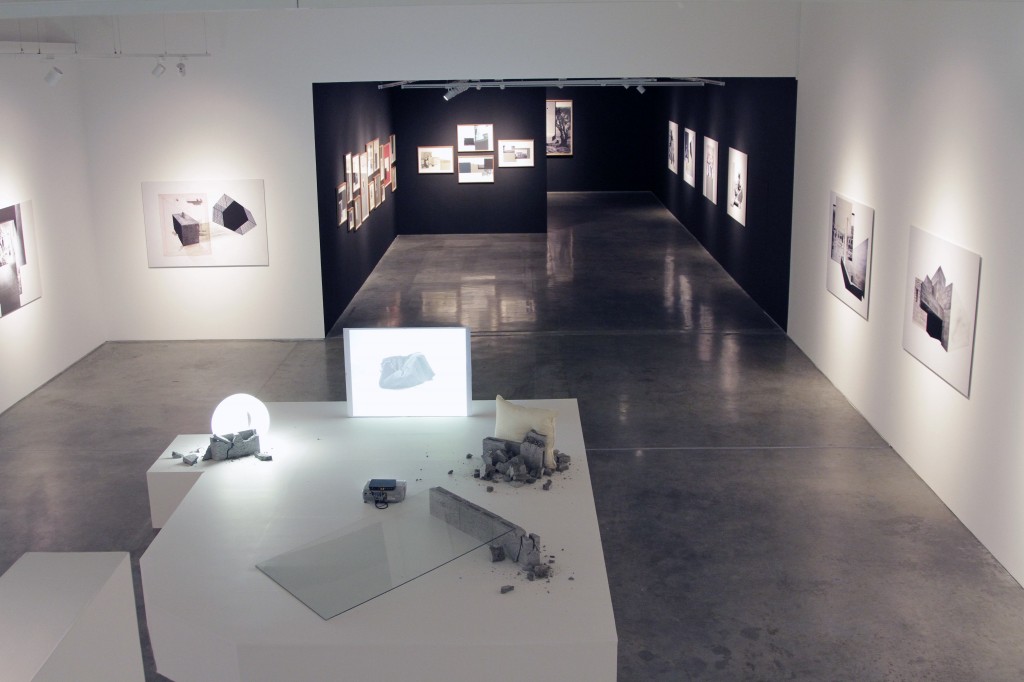
What is the best advice you ever received in regards to art collecting?
Buy with emotion. Educate yourself. Do not let yourself be influenced by the so-called “Engineers of Art” who only recommend and advise for their commercial benefit.
What is your advice to collectors who want to start a collection in Middle Eastern or UAE contemporary art?
Buy what you like and to which you have an emotional attachment. You have to wake up and enjoy each of them every day. Don’t try to engineer a collection towards the expectation of the increase of commercial value. Focus first on the emotion and then the quality. The most rewarding way to begin a collection is to meet artists and gallerists and form a relationship with them. Don’t be intimidated by the art world and don’t be afraid to ask questions. Art is there to be enjoyed!
Can you name three emerging artists, who should be on our radar?
Hazem Harb, Amir Hossein Zanjani and Sara Rahbar.
Which Middle Eastern artists do you find are the most underpublicized?
Some very young and talented Iranian Artists have been excluded in the last few years. They do not have any support and they need to be introduced to a wider public. These artists include Leila Pazooki, Pantea Rahmani, Amin Roshan and Ramtin Zad.
What are you especially excited about in regard to art in the next 12 months?
Some of the art fairs like ART15, Private Museum Summit in May in London and obviously, our shows at the SPM.
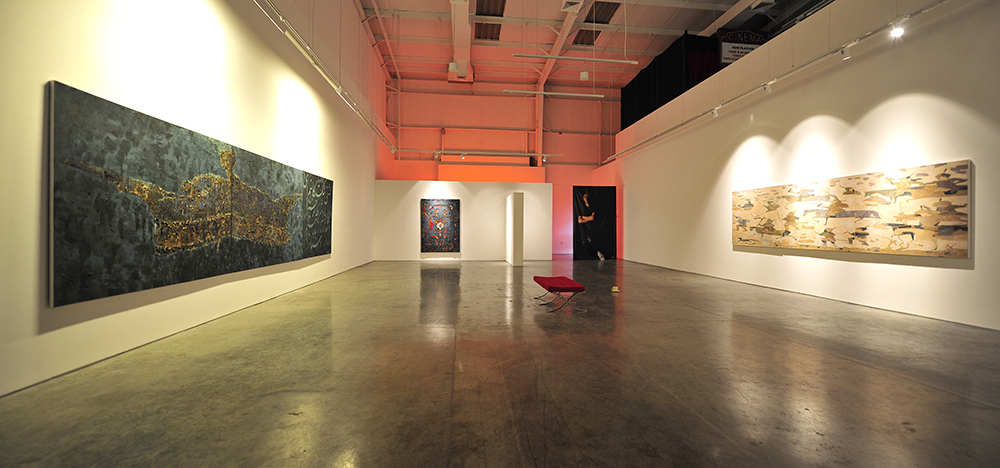
Salsali Private Museum
What was your motivation behind opening “Salsali Private Museum” (SPM)?
I believe in the social responsibility of all individuals and corporations to contribute to the development of creativity in their communities by sharing an art collection with the public.
Moreover creating and enforcing the culture of the collection was very important to me. SPM is the first centre for collectors in the world and who supports them.
Why did you choose to open the museum in Dubai?
Salsali Private Museum is the realisation of a twelve-year dream to open a museum of contemporary art in the Middle East. From the many residences I have, Dubai is my home as well. We all have the duty to contribute to the development of cities in which we choose to live in. Dubai is the open university and centre of excellence in the Middle East. This is why I selected Dubai to open the SPM here, followed by the next project in Europe.
It was mentioned you encountered challenges while opening SPM. What were they and how did you overcome them?
Life is a challenge. It is up to us to turn these challenges into chances and create synergies.
At the start we faced many administrative issues. But Dubai is a city where one can communicate its problems with the related authorities to find the solutions.
Your private museum aims to provide support and a network for art collectors. Why is this of importance for you?
As mentioned before there was and is a gap for having collectors in the region. Creating a culture for the collection will benefit all, mostly artists and galleries if individuals and corporation start to collect. Therefore, we have the first Collectors’ Lounge in the region, a space with an office, internet, library. It is a space where emerging, established and visiting collectors, as well as artists and gallerists can meet, discuss and exchange their ideas. As a result, since the museum opened, three substantial collections have been formed as well as five medium sized ones.
Claire Bouchara
Read More About:
Artists:





